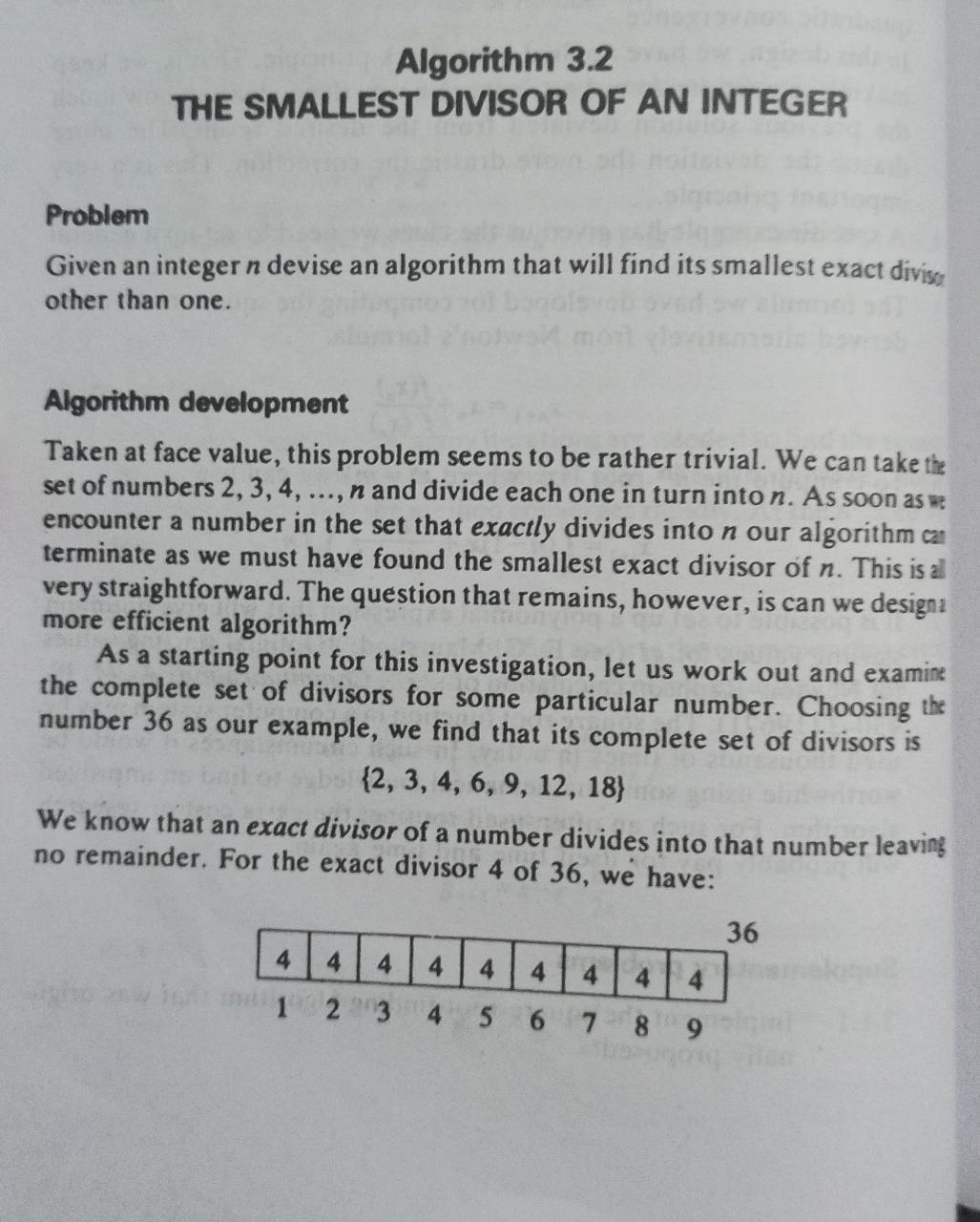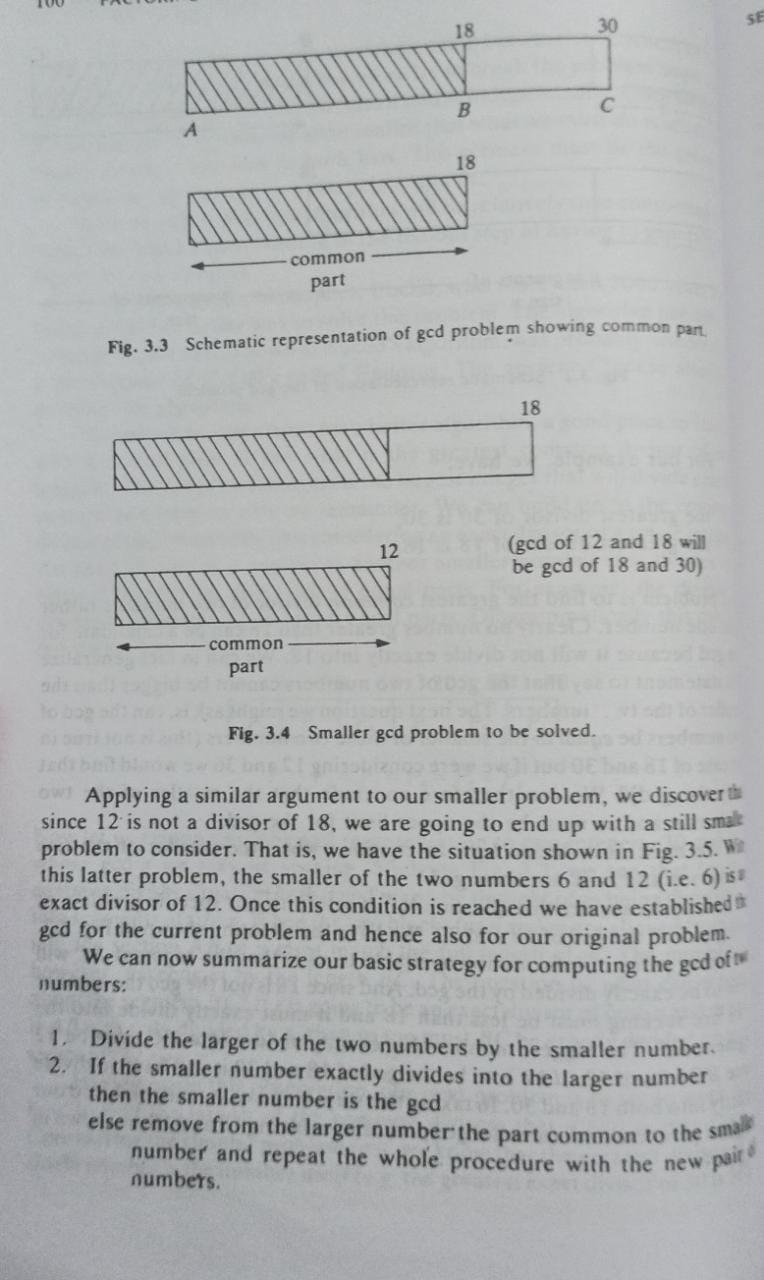How can I leverage MySQL for data warehousing and business intelligence applications, design and implement star schemas and OLAP cubes, use tools such as MySQL
- How can I leverage MySQL for data warehousing and business intelligence applications, design and implement star schemas and OLAP cubes, use tools such as MySQL Workbench or Tableau for data visualization and analysis, and implement data mining and predictive analytics algorithms on MySQL data?
- What are the best practices for migrating data from other database systems to MySQL, such as Oracle, SQL Server, or PostgreSQL, and how can I ensure data consistency, compatibility, and performance during the migration process?
- How can I monitor and troubleshoot MySQL performance and availability issues, use tools such as MySQL Enterprise Monitor or Nagios for system monitoring and alerting, and diagnose and resolve common problems such as deadlock, slow queries, or replication lag?
- What are the best practices for scaling MySQL horizontally and vertically, using techniques such as sharding, partitioning, clustering, or load balancing, and how can I ensure data consistency and availability across multiple nodes or instances?
- How can I integrate MySQL with other software systems and technologies, such as PHP, Python, Java, or cloud platforms such as AWS or Azure, use APIs and connectors such as ODBC or JDBC for data exchange and integration, and implement ETL and data integration pipelines on MySQL data?












Diagramatically, we can see in Fig. 3.1 how this algorithm approaches the desired solution. Deviation from desired solution MA Desired square root Number of iterations Fig. 3.1 Oscillating convergence to square root. Studying our algorithm carefully, we observe that the number of itera- tions it requires depends critically on how good our initial guess is (e.g. if mis 10,000 and our initial guess n is 500 we will need over 400 iterations before we start to converge rapidly on the square root). This observation raises the question, can we derive a quicker way of homing in on the square root that is not so critically dependent on our initial guess? To try to make progress towards a better algorithm, let us again return to the problem of finding the square root of 36. In choosing 9 as our initial guess, we found that 92= 81 which is greater than 36. We know from equation (1) that the 9 should divide into 36 to give a quotient of 9 if it is truly the square root. Instead 9 divides into 36 to give 4. Had we initially chosen 4 as our square root candidate, we would have found 42= 16 which is less than 36. ?? 4 From this we can see that when we choose a square root candidate that is too large, we can readily derive from it another candidate that is too small. The larger the guess is that is too large, the correspondingly smaller will be the guess that is too small. In other words, the 9 and the 4 tend to cancel out each other by deviating from the square m in opposite directions. Thus, Square Square Root 81 9 36 16 The square root of 36 must lie somewhere between 9, which is too big, and 4, which is too small. Taking the average of 9 and 4:
Step by Step Solution
3.25 Rating (143 Votes )
There are 3 Steps involved in it
Step: 1

See step-by-step solutions with expert insights and AI powered tools for academic success
Step: 2

Step: 3

Ace Your Homework with AI
Get the answers you need in no time with our AI-driven, step-by-step assistance
Get Started


